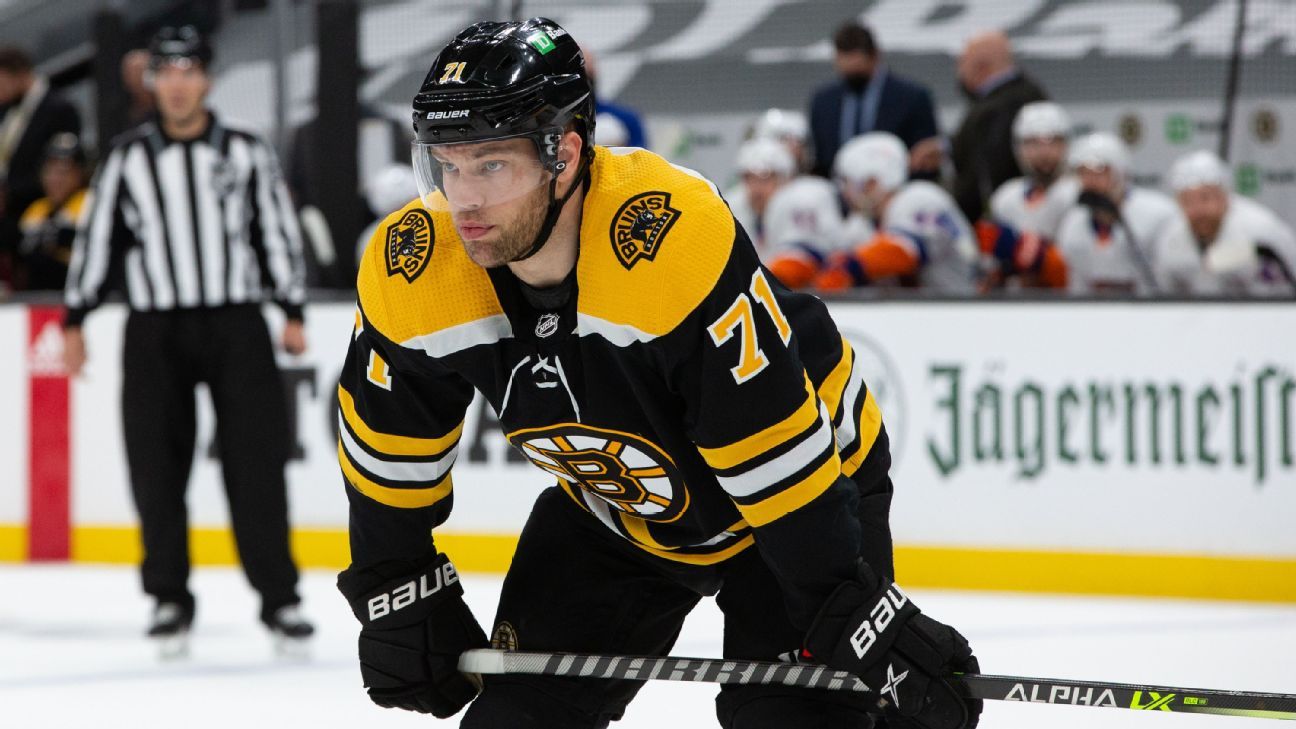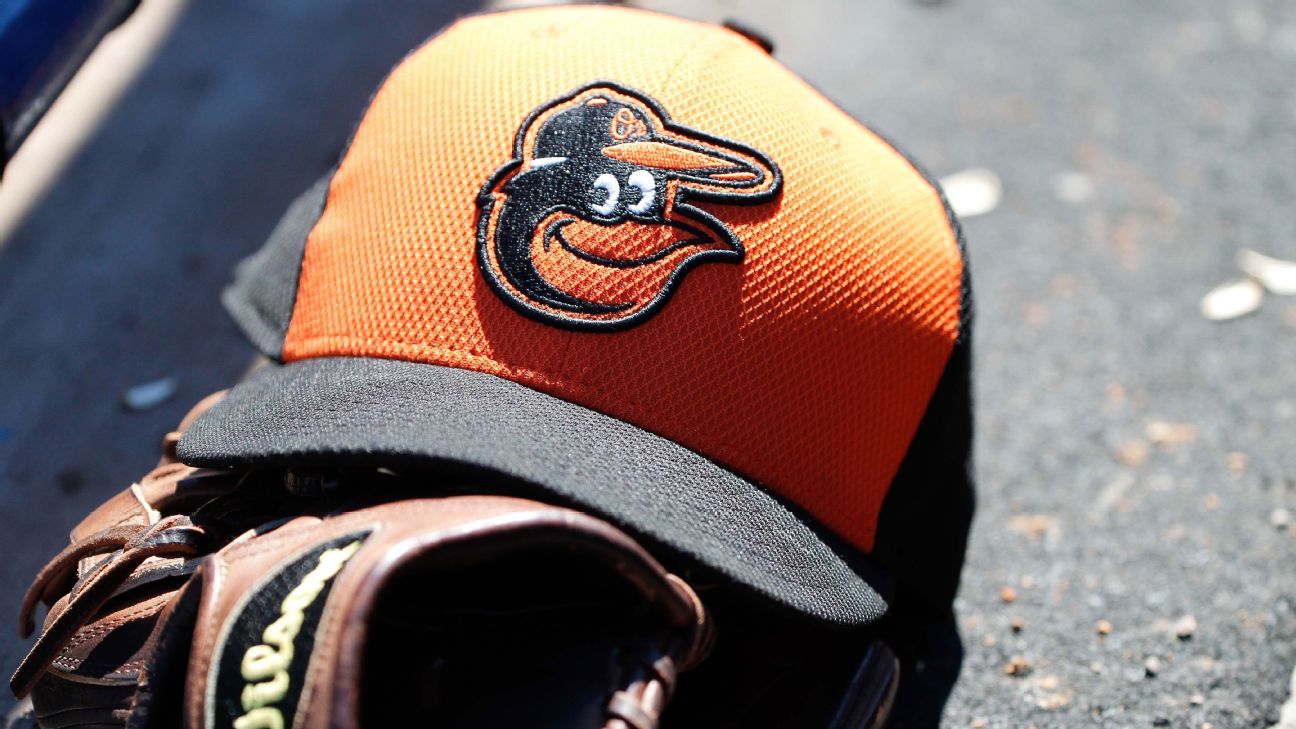
There are two major factors that will shape NHL free agency when it officially begins on July 28.
The first takes place a week before the market opens for business: the Seattle Kraken expansion draft, in which every team not named the Vegas Golden Knights offers up a player to the NHL's 32nd team on July 21. In turn, the Kraken will open up salary cap space for many of those teams, and will open up even more as a landing spot for veteran players whose contracts teams want to shed -- sacrificing draft picks and prospects in order to do so.
"People are looking at Seattle as the Swiss bank. I don't think [GM] Ron Francis will totally be that, but he'll take some contracts on," one NHL agent told ESPN this week.
The other factor is the flat salary cap, which will be stuck at $81.5 million for the second straight season due to the COVID-19 pandemic's effect on revenue.
Some agents are optimistic that the cap will be on the rise after the 2021-22 season. One said the NHL could eclipse the $4.8 billion threshold for hockey-related revenue next season, which would allow the cap to increase by $1 million each season until the players' escrow balance is paid off. Another anticipated "one more cycle of this" before the cap starts growing again.
But for now, it's a flat cap, coming after a regular season in which teams lost considerable revenue playing in empty or nearly empty arenas.
Some general managers we spoke with believe this free-agent market will look like last offseason's, with a lack of long-term deals and stagnant salaries for midlevel talents.
"I think it's going to be the same. I don't see how it changes. Teams still have cap issues. There's only so much money that can go around," said one NHL general manager.
Others believe there will be an uptick in activity.
"I feel it will be more active. Teams have had time to set up for the flat cap. Expansion concerns will be over by free agency," said another NHL general manager, who predicted the player pool could once again increase with teams walking away from players instead of giving them qualifying offers.
"It will be a busy free-agent period, due to expansion as well as the flat cap," said another GM. "There will be a group of players that will always get their money, but there will be a group of players that will have to be smart in regards to where they fit into the market, or they could get squeezed out with few options."
That's how the agents see it too. "The market is going to be tight. The players that you expect to get their money will get it, and everyone else will get squeezed," said one agent.
One other factor worth considering: the big names potentially available via trade, including Buffalo Sabres center Jack Eichel (with a contract that pays him $10 million in average annual value) and Columbus Blue Jackets defenseman Seth Jones ($5.4 million AAV). That's going to impact whom teams are seeking to sign, and how much they have leftover to do so.
What does the current NHL free-agent market look like? Here's a tiered guide to the players available this offseason:















 Phone: (800) 737. 6040
Phone: (800) 737. 6040 Fax: (800) 825 5558
Fax: (800) 825 5558 Website:
Website:  Email:
Email: 






